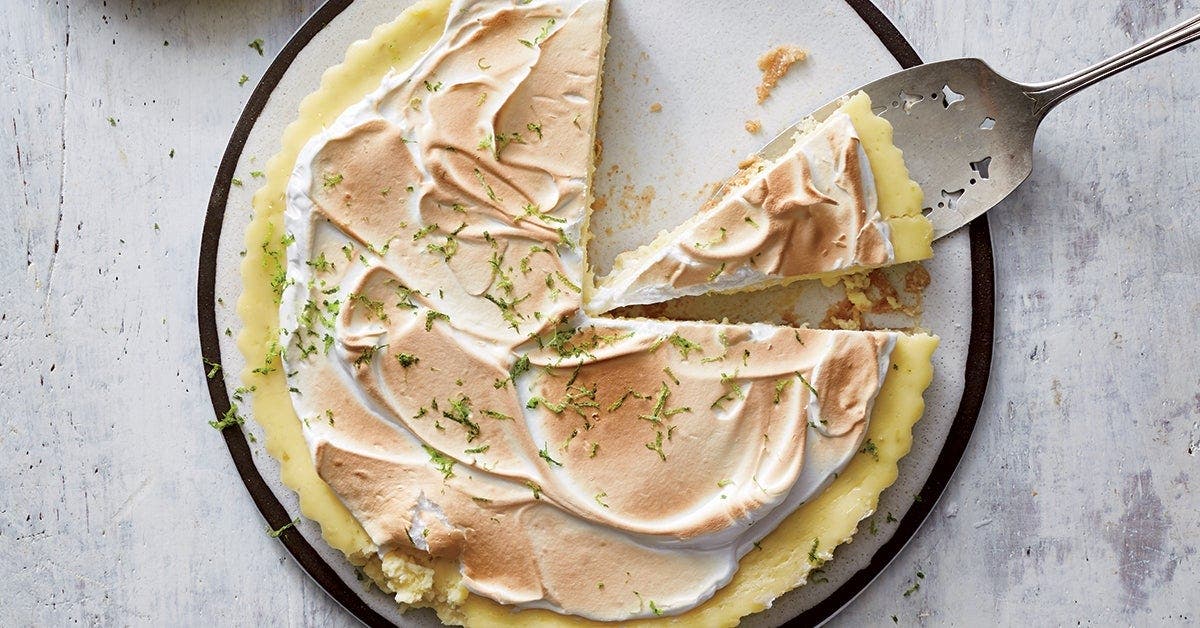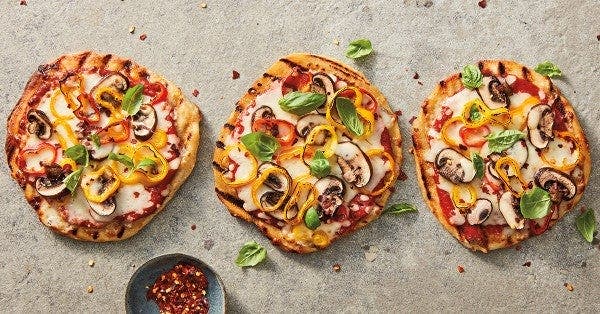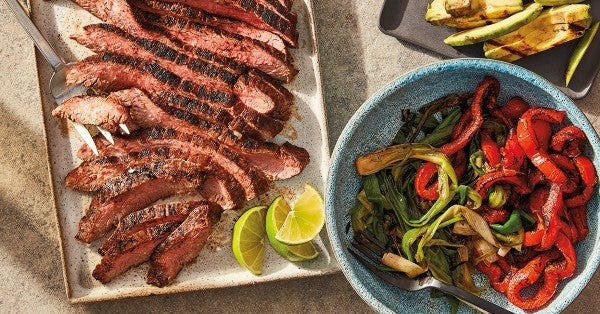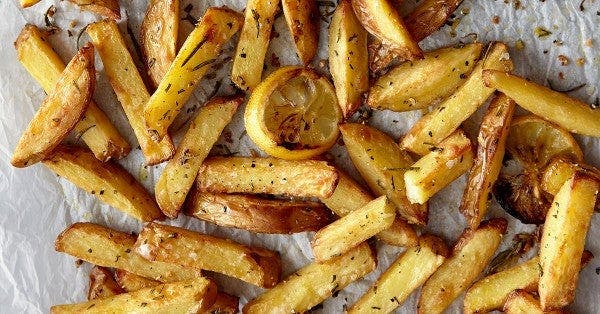Stop Stress-Eating: Healthy Snack Swaps and Expert Advice | WW USA
Outsmart Stress-Eating Now: The Only Guide You Need
Identify your triggers—and the science-backed strategies that can get you to your weight-loss goals.
By Ayren Jackson-Cannady
If you’re like pretty much every adult, you’re stressed out about something right this second. Whether it’s current events or family drama, life has a way of running interference on our inner calm. For many of us, that tension translates to food cravings. But can that pint of double chocolate ice cream really bring on the chill vibes?
The answer is yes—but not for long. “The thing about stress-eating is that even though it makes us feel better temporarily, it often leads us to feel worse because the stress comes back when we’re done eating and it’s often compounded by guilt, shame, or frustration,” says Megan Schreier, MPH, senior manager of behavior change science translation at WW. “And this can lead us to eat more.”
So stress-eating just might be inevitable, but it doesn’t have to undermine your weight-loss efforts. Once you decode your stress-eating patterns, you can plan a response that works specifically for you. Chocolate included! Here’s how:
Check your stress
Did you know that there are two kinds of stress—acute stress (the kind that’s one and done) and chronic stress (the kind that keeps coming back)? According to Harvard Health Publishing, acute stress often leads to a loss of appetite because the body’s nervous system kicks us into the fight or flight response. Chronic stress, on the other hand, accounts for most of our daily stress load and is what increases cortisol levels and our motivation to eat.
Try this: When you feel a stress-related craving coming on, do a quick mental rundown of possible reasons for what you’re experiencing. Is your hectic schedule overwhelming? Are you losing sleep at night (which, FYI, has been shown to raise cortisol levels)? These self-reflecting questions will help empower you to brainstorm workable solutions—such as avoiding stressful news programs before bed, or setting an alert on your phone to break for a proper lunch every day.
Change your scenery
Feelings of stress are basically your body’s way of saying, “Do something!” That something just so happens to be eating for nearly 30% of adults, say researchers from the American Psychological Association. “When we feel stress and eat something we enjoy, it distracts us and makes us feel good in the moment,” says Schreier. “This makes us want to reach for food the next time we feel stressed…and the next time.”
Try this: Reaching for food isn’t the only option to destress. Instead, take a 15-minute break from whatever is making you feel overwhelmed. This could involve heading outdoors for fresh air or firing up a game app on your phone. A brief distraction can puncture the stress bubble and intercept an unwanted snack attack.
Look for patterns
“Stress-eating patterns are often a habit that happens almost automatically,” says Schreier. If you find stress-eating is an ongoing struggle, take a moment to identify the common thread: Maybe you tend to stress-eat only when working, for example. Becoming aware of places and times in which you tend to feel overwhelmed will help you brace for those moments and look out for yourself.
Try this: “Create a plan to put some space between the urge to eat when stress strikes and what you do next,” says Schreier. “Think of some activities that you can do for five minutes the next time you feel the urge to stress eat.” Set a timer and do something else, like dance to your favorite song or call a friend. When the timer goes off, decide if you still want to eat or if you can do something else. “Even if you choose to eat, putting in that space helps weaken that habit,” says Schreier.
Be kind to yourself
It’s common to think that when we’re tough on ourselves, we’re more likely to change or be successful. But research shows that the opposite is true, says Schreier. “Being hard on yourself for eating something unplanned can simply make you feel worse, ultimately leading you to eat more.”
Try this: If you’re having a hard day and just want to enjoy some gummy worms or peanut butter cups, do it! And don’t beat yourself up afterward for that choice. Instead, make a plan for what you’ll do next. No single meal or snack in isolation of everything else you do as part of your self-care regimen can make or break your journey.
Stock up for swaps
On that note: Some hard days are unavoidable. So it pays to be prepared with foods that support your wellness goals while pleasing your palate. Read on for some tasty ideas to consider next time stress stokes your appetite.
If you tend to stress-eat pizza, try: A quick DIY pie
Making pizza at home allows you to customize all the ingredients, so that you can better control the nutrition-factor of your pie, says Angela Goscilo, M.S., R.D., a registered dietitian and the senior manager of nutrition at WW. Start with a thin, whole-grain base of your choice — think pita bread, an English muffin, bagel thins, or sandwich thins — then top with a few spoonfuls of jarred tomato sauce, some pre-sliced frozen veggies or veggie leftovers, and a sprinkle of grated part-skim mozzarella cheese. Heat in a toaster oven (or regular oven) until nice and melty, and enjoy. It’ll be in your belly way more quickly than a delivery slice would be.
If you tend to stress-eat tacos, try: Just the filling

Not too many people bite into a taco and say, “Wow, this corn shell is incredible.” That’s because the magic is in the filling: beans, diced tomatoes, a bit of cheese, hot sauce, avocado, salsa, a twist of lime... (We could go on.) Next time Mexican-style cravings strike, toss those delicious elements in a bowl of greens and top with a creamy dollop of plain Greek yogurt. You’ll get the flavors you’re actually craving, amp up your plant intake, and skip the saturated fat, sodium, and refined carbs some tortilla products can pack.
If you tend to stress-eat sweets, try: mini versions of your faves

Stress can make mindful eating difficult because it’s hard to focus on what we’re doing—which means a cheesecake can disappear in seconds. For anyone with a sweet tooth, it can help to build in speed bumps with small, “fun size” versions of favorite treats. For example, if you love milk chocolate, consider grabbing a few Hershey’s Kisses instead of unwrapping a full chocolate bar. Each Kiss requires a decision to peel off the protective foil, nudging you to slow down. “Decide before you start eating how many you want to have,” says Goscilo. “Take that amount out and put the rest away. Once you’ve eaten this amount, check in to see how you are feeling.” Your new mantra: “Don’t deprive, just downsize.”
If you tend to stress-eat French fries, try: Perfectly crisp oven fries

Fries are life. And you can enjoy their golden goodness without the greasy drawbacks. Green Giant, Alexia, Trader Joe’s, and Whole Foods 365 sell frozen spuds that boast the texture, shape and quality of classic fries; the difference is that at home, you can bake them to crisp perfection in the oven rather than giving them the deep-fryer dunk. Another delicious option: DIY baked veggie fries, whether made from eggplant, zucchini, or butternut squash. So many fries, so little time.
--
This article was reviewed for accuracy in July 2022 by Megan Schreier, MPH, senior manager of behavior change science translation at WW and Angela Goscilo, M.S., R.D., a registered dietitian and the senior manager of nutrition at WW .
The WeightWatchers Science Team is a dedicated group of experts who ensure all our solutions are rooted in the best possible research.
Get Started with the #1 Doctor-Recommended Weight-Loss Program Today†
†Based on a 2020 IQVIA survey of 14,000 doctors who recommend weight-loss programs to patients.
